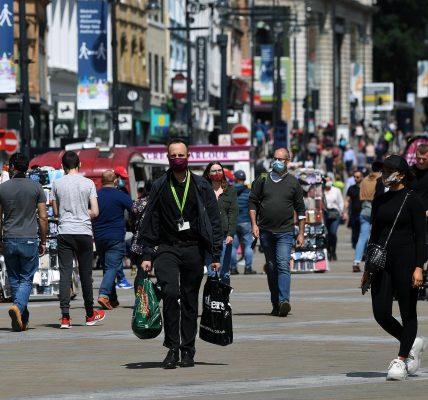Donating £50 to a large scale charity is a waste of time and money – Bird Lovegod
Don’t get me wrong, most charities do great work, providing vital services to people, animals, and the environment. At least I assume they do, I’m saying they do, but actually it’s rather hard to know.
Mrs Jones donates £50 to an international charity. Where does it go? No one knows. What is it spent on? No one knows. What impact does it have? No one knows.
Mrs Jones doesn’t know, and the people in the charity don’t know, and the people in poverty on the ground certainly don’t know. It’s a shot in the dark that no one can see land, and the primary reason Mrs Jones does it is because she “wants to feel like she’s doing something”.
Under what other circumstances would it be acceptable to buy a service for £50 and have no idea what it was nor receive any proof of anything being done? We trust them because they’re a charity, and we believe in their cause, and we just let them get on with it, but really that £50 was wasted, it did nothing, made no impact. None. Zero. It just lubricated a huge and extremely inefficient machine.
It’s my belief that the overseas aid charity system is unfit for purpose. If it were a multi-billion pound commercial sector using public and private money with such inefficiency and opacity it would already have been dissected and disrupted and replaced with multiple streamlined versions.
But the commercial sector holds the charity sector in disdain, the two are like a racehorse and a beach donkey, and no one has really got stuck in to trying to fix it, and no wonder, it’s institutionally dysfunctional. It needs an end-to-end overhaul. It’s like trying to ‘fix’ Blockbuster video. You can’t, it’s obsolete, and needs redesigning, re-engineering, rebirthing.
Imagine you were starting from scratch, delivering food parcels into rural Cambodia, for example. How would you do it? Here’s one way:
A £50 donation is made, and the money is transferred to a trusted contact in Cambodia. She buys food from local markets and delivers it to a person in need. She documents the process and posts the story and images on a dedicated website. The donor can see what their £50 was used for. Five simple steps.
Compare that to donating to a major charity. That same £50 would be ground to nothing by the bureaucracy of the machine.
Charities need to take a step back from their continuous fundraising and grant applications and take a proper commercially minded look at what they do and how they do it. They need to rationalise and streamline, make it a simple straight line not a gordian knot of process and systems that absorb value and generate more bureaucracy than impact.
Charities need to ask themselves, how would a business do this? How would AirBnB do this? How can we most efficiently connect donors to recipients with minimum friction and maximum transparency?
Many need to completely redesign the actual way they deliver the service. They need to go back to the very beginning, to a blank slate, and design, from scratch, the most efficient way to achieve their outcomes.
If they do this, they will transform their organisations into highly efficient systems for transforming lives at massive scale. Realistically I have doubts about whether most will even be willing to look at this, or do what’s needed to modernise their methodology.
It was the same at the banks, before the fintechs. The same for the hotels before Airbnb, the same for Blockbuster before Netflix. They might be willing to tweak around the edges, and use the language of the modern age, but their actual methodology is obsolete, their business model is obsolete, yet the fact of their reliance on public funding obligates them to deliver the best service they can as transparently as they can and as efficiently as they can.
And they are currently doing none of this, and continuously asking for more money to do in a hundred steps what they could do in five.










